On November 20, 1943, fully 70 years ago, American Marines hit the beaches on the islet of Betio, the principal spit of land that makes up Tarawa Atoll in the Gilbert Islands. For the Americans to advance across the Central Pacific toward the home islands of Japan, the capture of Tarawa was essential.
The Americans learned bitter lessons from this first experience in storming a heavily defended beach. Among them were the hard facts that heavy preparatory naval and air bombardment were likely to be only partially successful in destroying enemy bunkers, pillboxes, and dug-in defensive positions unless direct hits with plunging fire or armor-piercing bombs were achieved. Flamethrowers were to become essential tools to root out a stubborn enemy that refused to surrender, and an abundance of automatic weapons would increase the Marines’ firepower in the face of enemy machine-gun and small-arms concentrations. Numerical superiority was a must. Overwhelming numbers of troops would have to be landed in future operations simply to maintain combat effectiveness.
Perhaps the most valuable lesson of all was the realization that a tracked landing vehicle, capable of traversing coral reefs, negotiating sandy beaches, and climbing seawalls, was needed to tip the balance in favor of the landing troops. At Tarawa, the planners of Operation Galvanic were aware of a coral reef that encircled Betio, creating a broad lagoon. Relying on outdated maps, the planners hoped that the tides around the islet would be sufficient to allow flat-bottomed Higgins boats, the most plentiful landing craft available, to reach the shoreline without becoming hung up on the reef.
Only 75 of the new LVTs (Landing Vehicle, Tracked), also known as amtracs, were available initially for the Tarawa operation. At the last minute and following a heated argument at the highest echelon of the Marine and Navy command structures, 50 more LVTs were allocated to the Marines, but the majority of the assault waves would still ride to the hostile shore in the Higgins boats. Another 50 LVTs were allocated to the U.S. Army landings on Makin Atoll, which were being executed concurrently.
Just as the Marines had feared, the draft of the Higgins boats proved too deep to negotiate the barrier reef at Tarawa, and many Marines were forced to exit their craft at the reef and wade hundreds of yards through chest-high water under murderous Japanese fire to reach the beaches. Those who were fortunate enough to head to shore in LVTs realized the value of the craft as soon as they encountered the reef. Engaging their tracks, the Marine LVTs climbed over the coral and moved on toward their assigned beaches, affording their human cargoes a measure of protection from enemy small-arms and artillery fire.
Although Donald Roebling had originally intended his Alligator to be utilized for civilian purposes, the earliest military LVT and its subsequent variations saved countless lives and enabled the forces of the U.S. Marine Corps and the U.S. Army to hop thousands of miles across the Pacific and defeat the Japanese at every fortified island or coral ledge where they landed—in only a year and a half. Riding the LVTs, U.S. forces reached the shores of Okinawa on April 1, 1945, and culminated an unbroken string of Pacific victories. The LVT became an indispensable instrument of amphibious victory.
The Japanese commander at Tarawa had boasted, “A million men cannot take Tarawa in a hundred years!” He had not reckoned with the stalwart Marines who took his island fortress in a remarkable 76 hours. Nor had he reckoned that the ingenuity of Donald Roebling would hasten the fall of Tarawa, and indeed of the Empire of Japan.
Michael E. Haskew
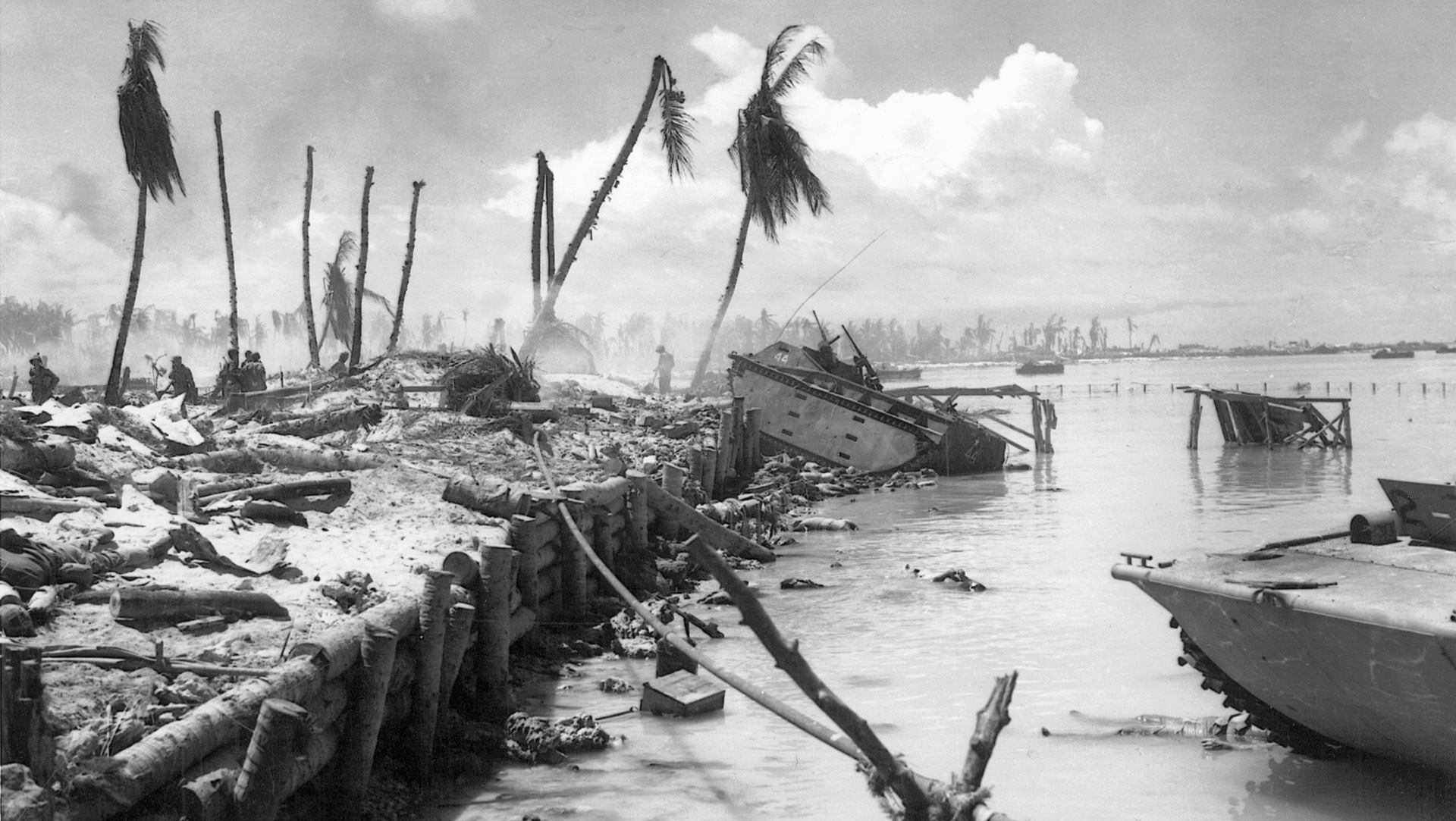
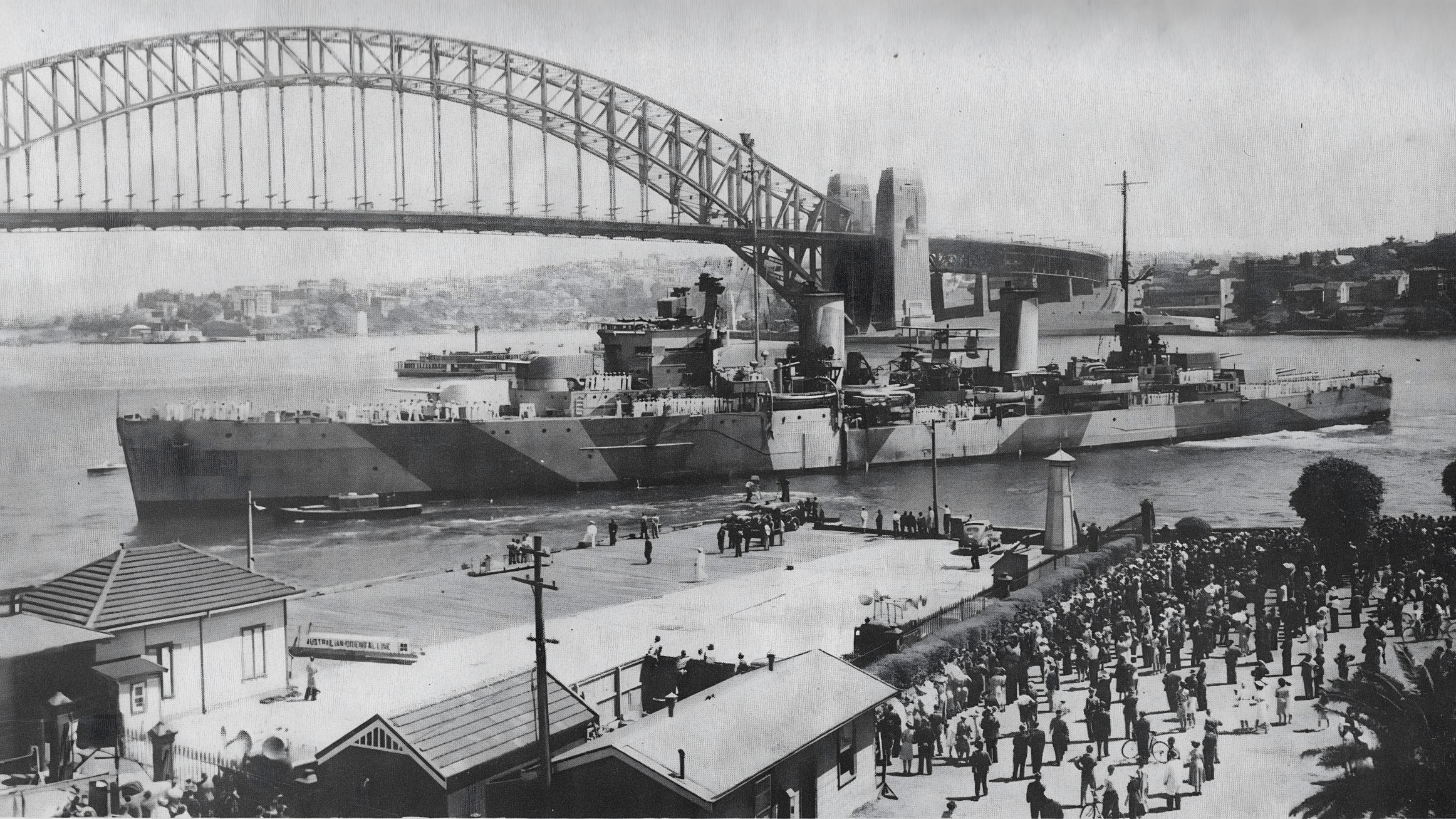
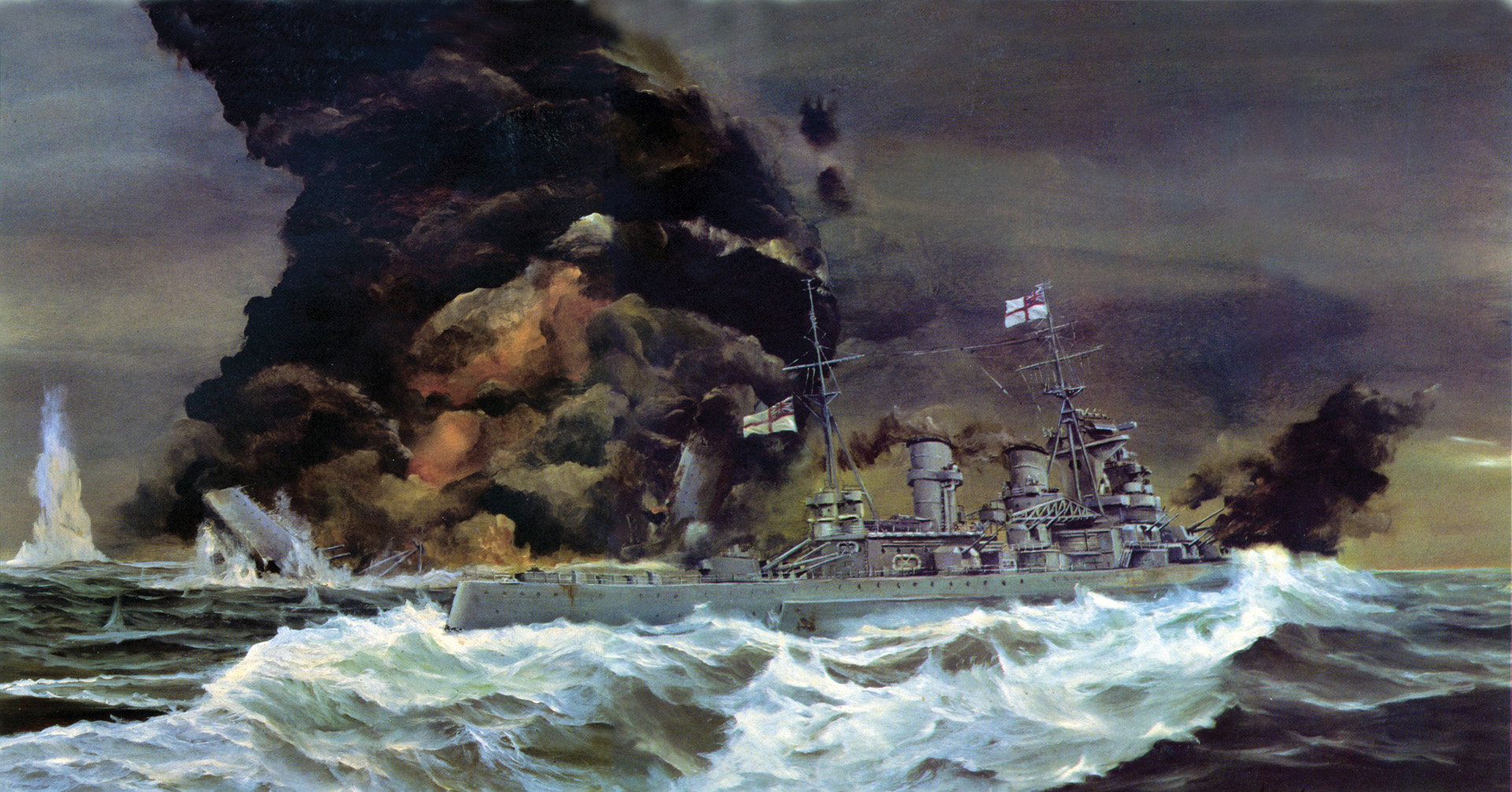
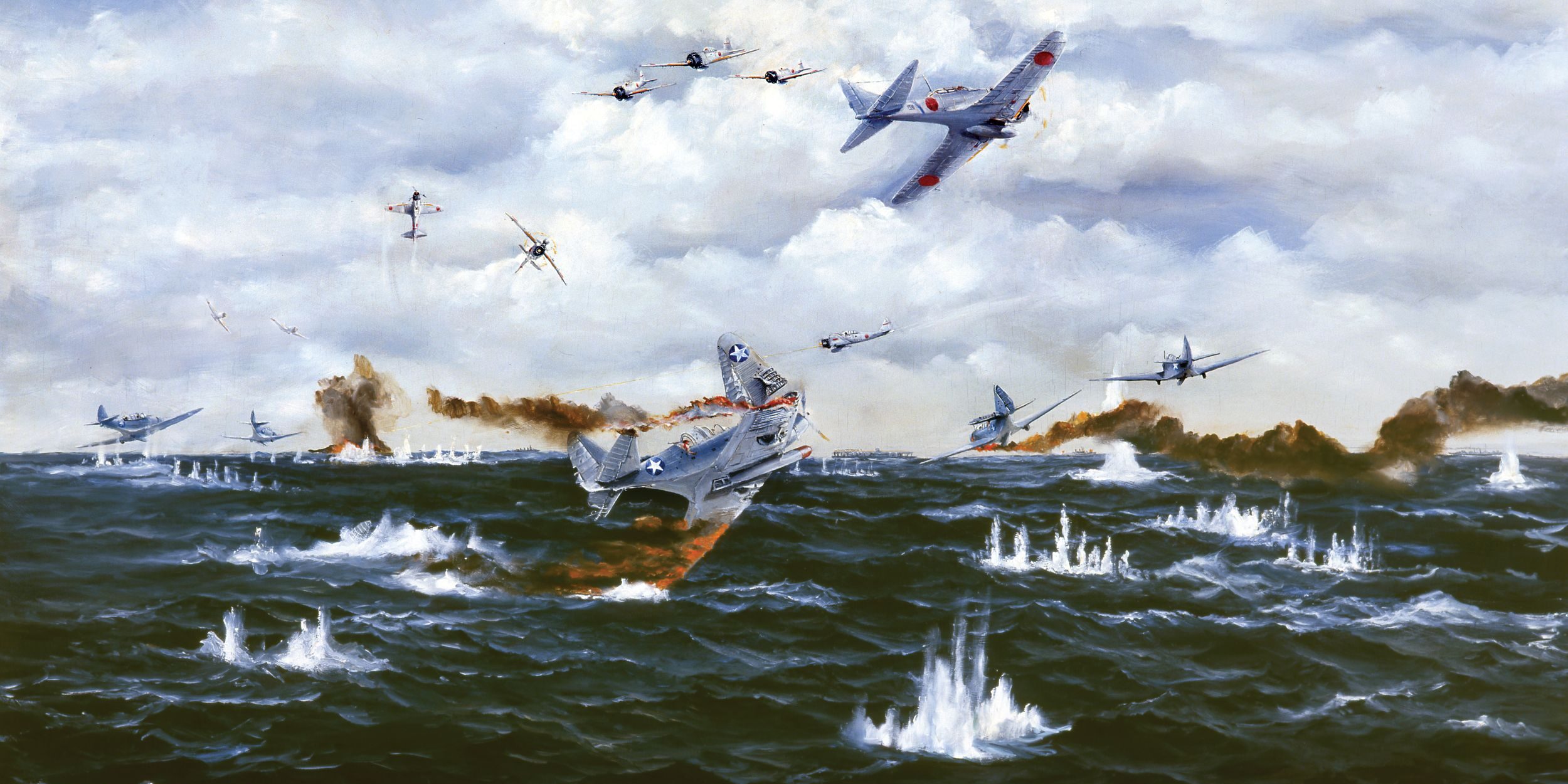

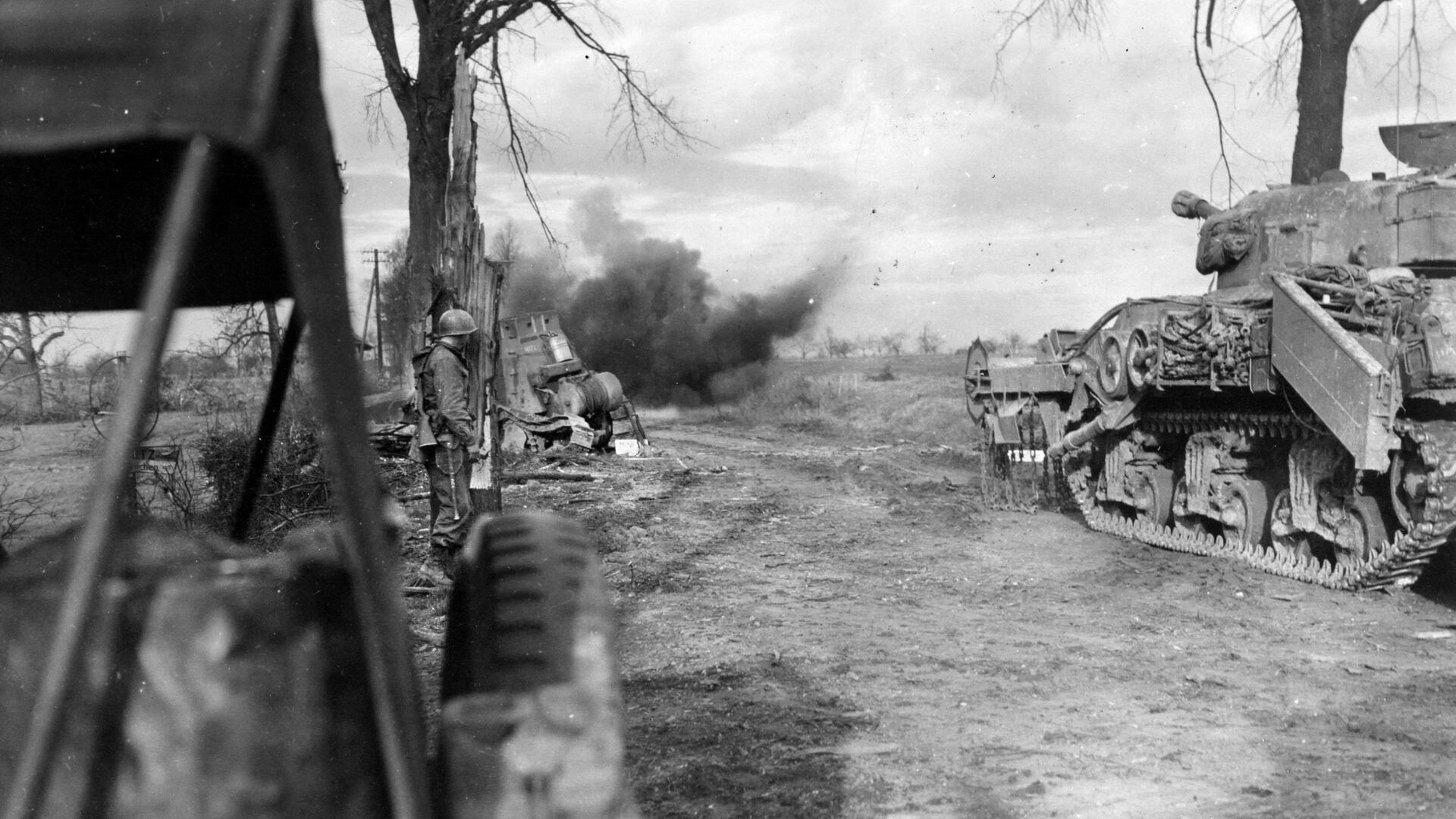
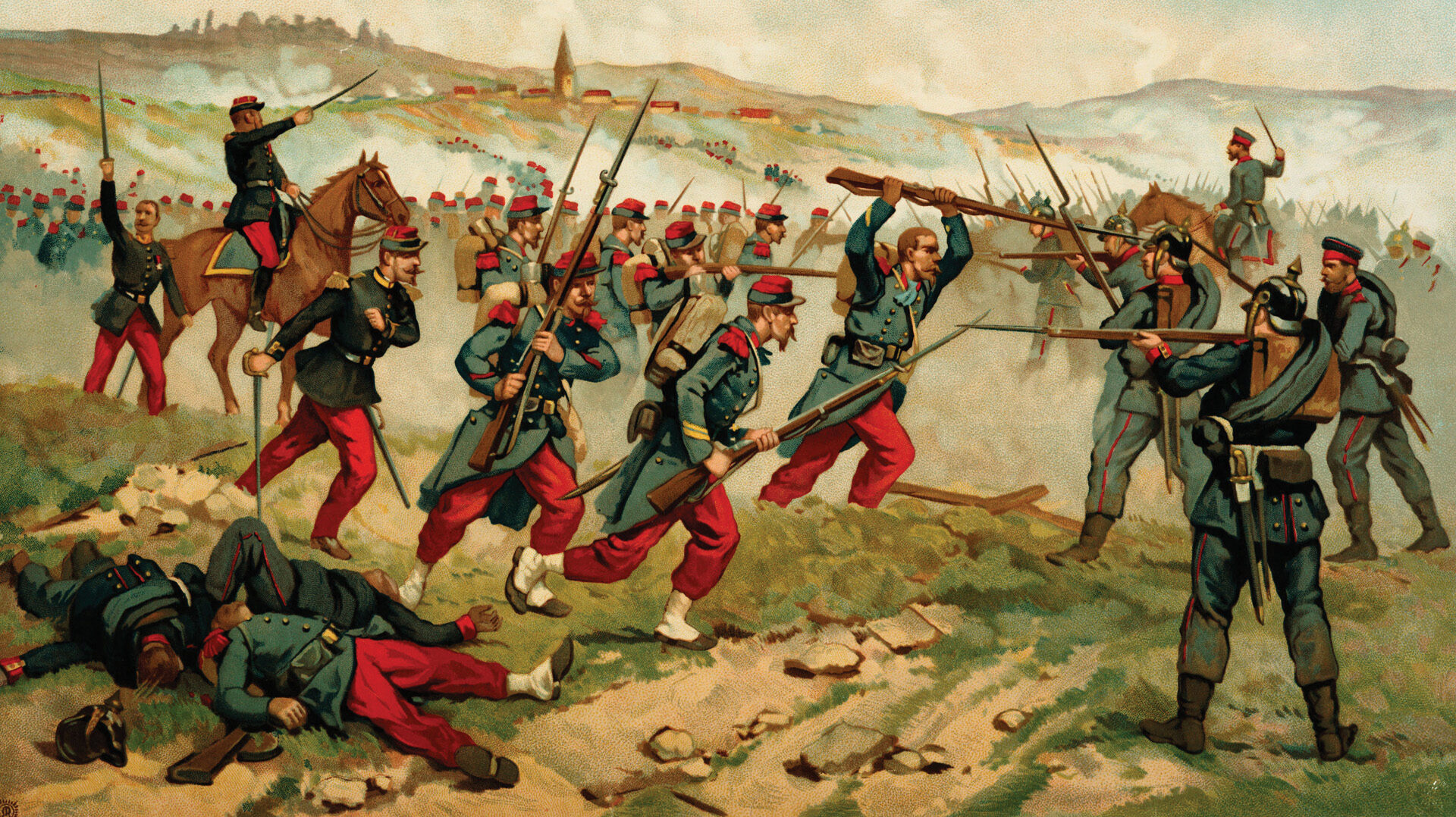
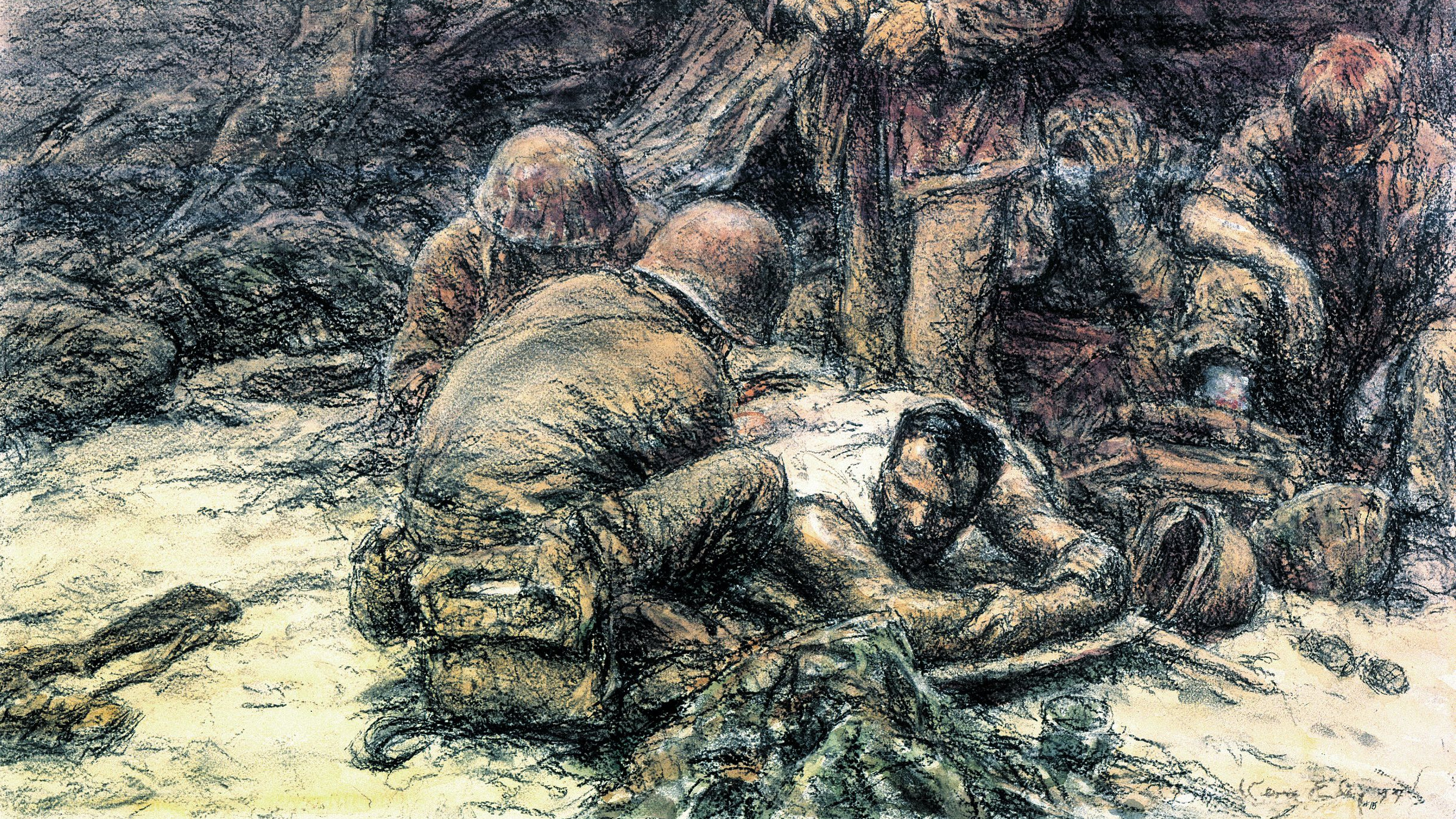
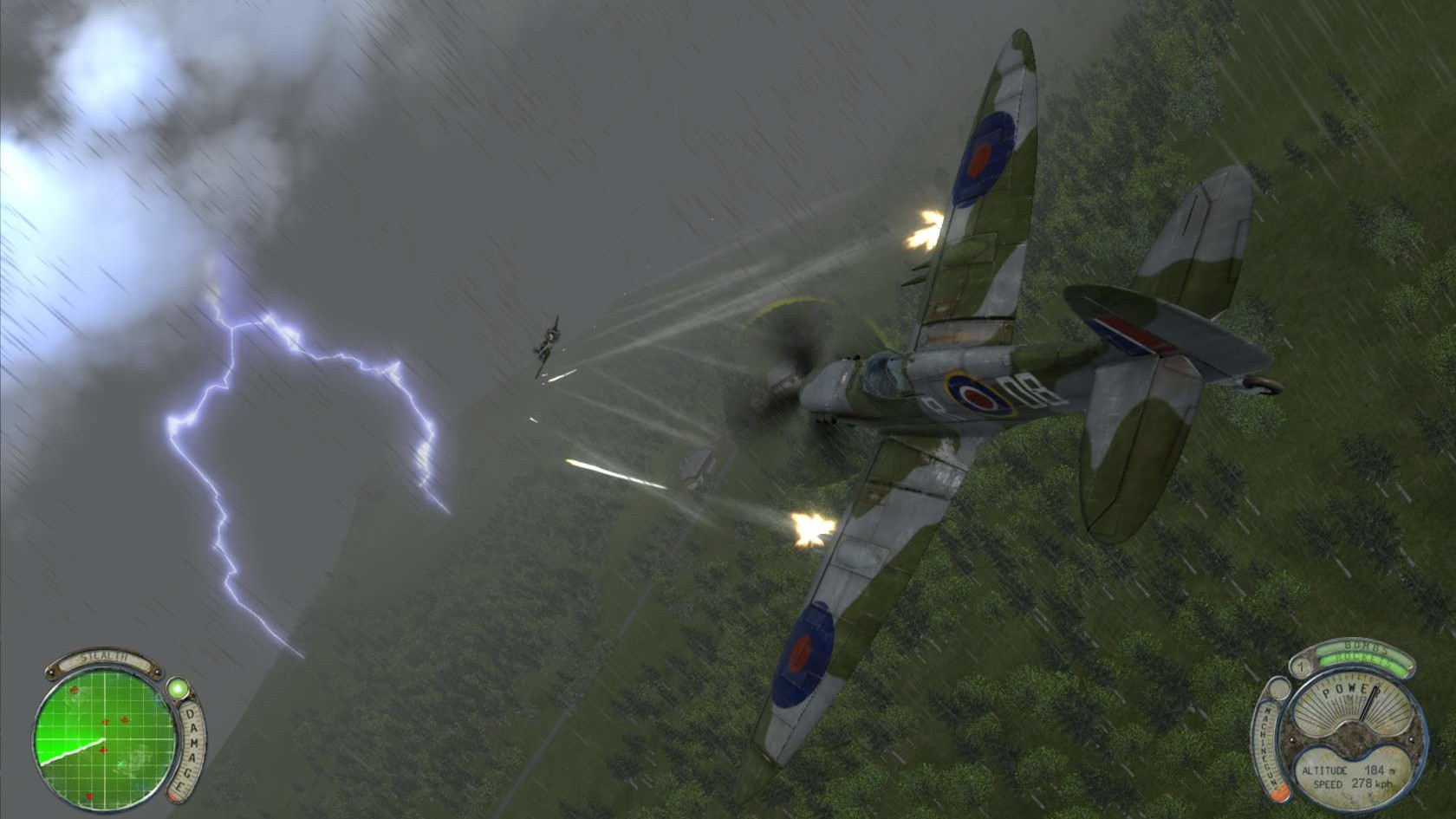
Join The Conversation
Comments
View All Comments